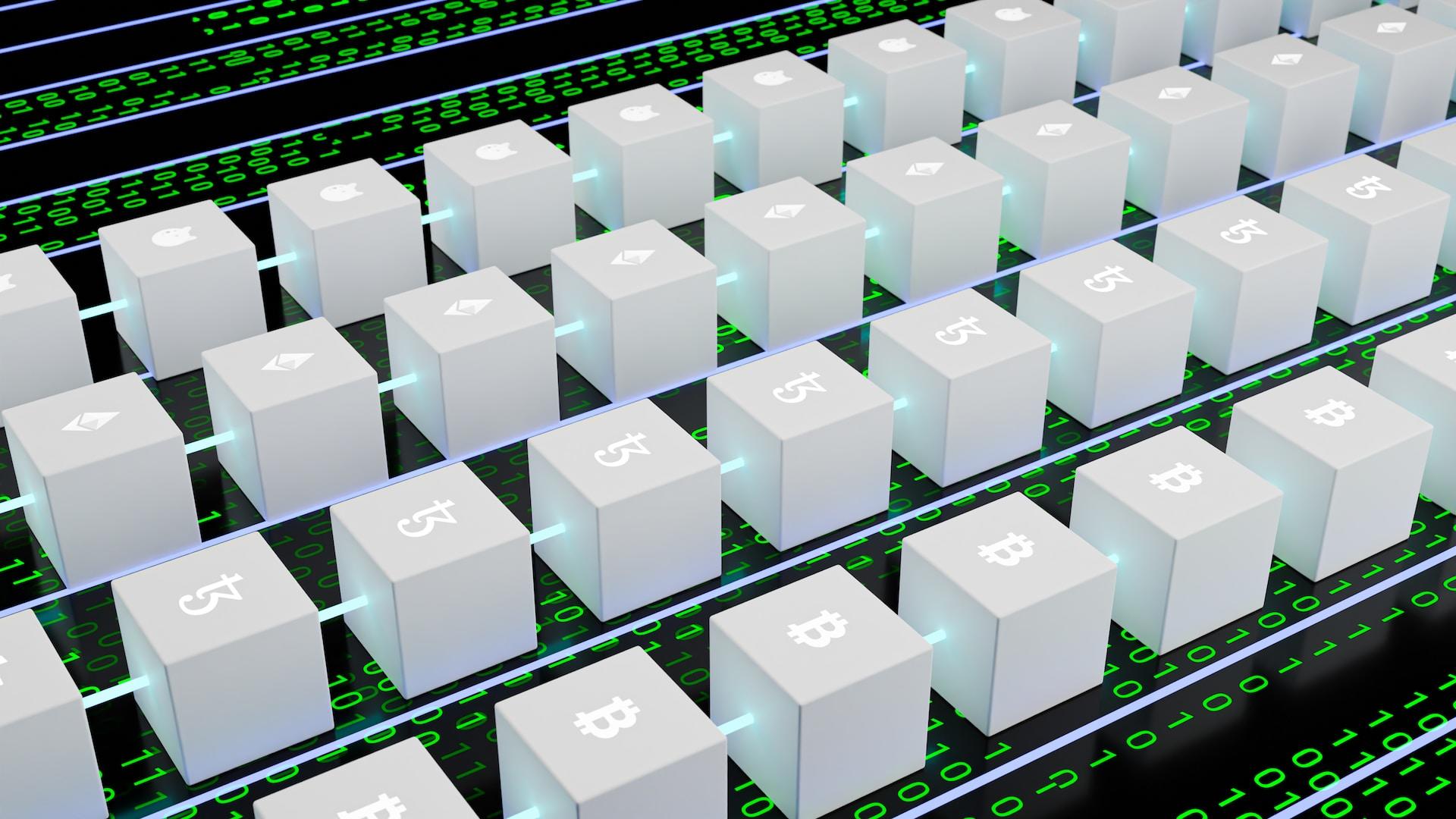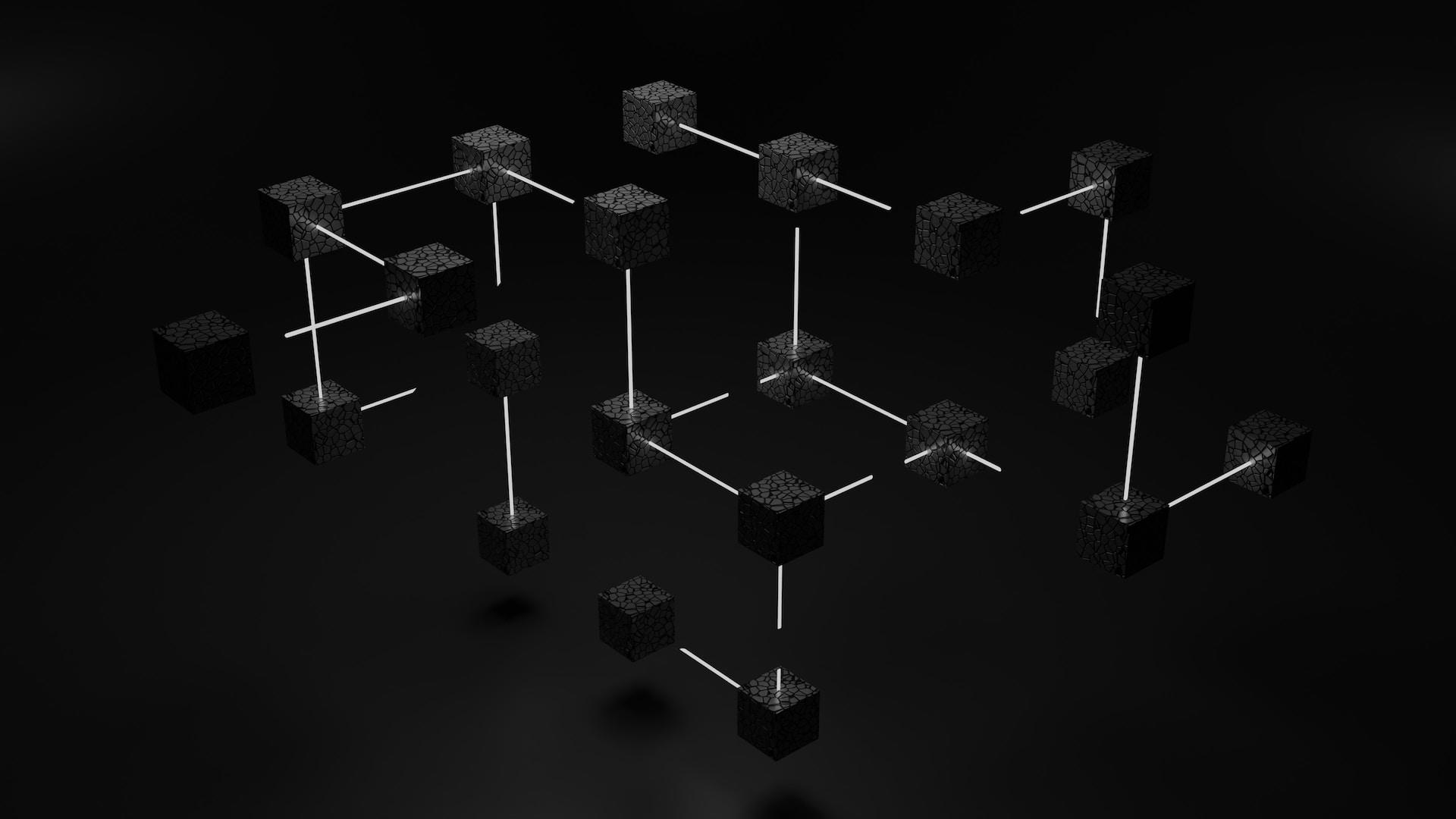Cryptocurrency is a digital form of currency that uses cryptography to secure transactions and control the creation of new units. Math plays a critical role in the functioning of cryptocurrency, particularly in creating and maintaining the blockchain.
The blockchain is a decentralized ledger that records transactions with a particular cryptocurrency. This article explores the role of math in cryptocurrency, mainly how the Bitcoin formula works and other essential concepts.

Understanding Cryptocurrency
The decentralization of cryptocurrency is one of its defining features. Unlike traditional currency or financial systems controlled by central authorities, cryptocurrencies enable individuals to transact without needing an intermediary.
This decentralization is possible through a network of computer nodes that process transactions and record them in the blockchain.
The blockchain is a decentralized public ledger that records every transaction made with a particular cryptocurrency. The network of nodes maintains the blockchain, and each node has an identical copy of the blockchain. No single entity controls the blockchain, making it highly secure and reliable.
Improve your grades and mathematical proficiency with the guidance of a maths tutor.

Math plays a crucial role in the functioning of the blockchain. Before a transaction can be recorded on the blockchain, it must be validated by solving complex mathematical problems. These problems are designed to be challenging enough to ensure that only a limited number of transactions can be validated at any given time, limiting the supply of cryptocurrency and preventing inflation.
The process of validating transactions is known as "mining." Mining is carried out by specialized computer hardware that solves complex mathematical algorithms. The first miner to solve the problem is rewarded with a predetermined number of cryptocurrency units, such as Bitcoin. This reward incentivizes miners to compete to solve the mathematical problem, ensuring that the blockchain remains secure and reliable.
As the number of transactions on the blockchain increases, the difficulty of the mathematical problems also increases. This means that more computational power is required to solve the problems, making mining increasingly challenging. This is why mining has become highly specialized and resource-intensive, requiring significant investment in hardware and energy.
The role of maths in cryptocurrency also has implications for governments and financial institutions. Cryptocurrencies are decentralized and operate independently of any central authority, meaning they are often unregulated. This makes it challenging for governments and institutions to control the use of cryptocurrencies and ensure they are being used for legal purposes.
As cryptocurrencies continue to grow in popularity and become more mainstream, governments and financial institutions must adapt their regulatory frameworks to incorporate them.

Using math in cryptocurrency is essential to ensure the blockchain's security, reliability, and decentralization. Using complex mathematical problems and mining, the blockchain can limit the supply of cryptocurrency while providing a highly secure and reliable system for transaction processing.
This article will help you understand the math you need for your finances.
Bitcoin Formula
Bitcoin is the first and most well-known cryptocurrency, and its creation relied on complex mathematical formulas. Using the pseudonym "Satoshi Nakamoto," a person or group of people" developed the Bitcoin protocol. The Bitcoin formula uses cryptography and mathematical algorithms to create a decentralized digital currency.
The Bitcoin formula relies on a method known as the "Proof of Work" algorithm. This algorithm requires network participants, known as miners, to solve complex mathematical problems to validate and add new blocks to the blockchain. Each block contains a list of validated transactions, and once added to the blockchain, it cannot be modified.
The mathematical problems miners must solve require significant computational power, so Bitcoin mining requires specialized hardware. The number of bitcoins in circulation is limited to 21 million; currently, more than 18 million bitcoins have been mined. The remaining three million will be mined over time, with the last expected to be mined in 2140.
Other Cryptocurrencies
While Bitcoin is the most well-known cryptocurrency, there are many others, each with its unique approach to using maths to validate transactions. Ethereum, for example, uses a different algorithm known as "Proof of Stake," which allows people who hold Ethereum to validate transactions on the blockchain without requiring significant computational resources.
Cryptocurrencies also rely on public and private keys, which are used to secure and verify transactions on the blockchain. Public keys are essentially the user's account number on the blockchain, while private keys are their password used to sign transactions and prove account ownership.
Collaborating with a maths tutor eliminates math anxiety and fosters clarity in problem-solving.

Cryptographic hash functions are also used to secure transactions on the blockchain. These mathematical functions take an input and produce a fixed-length output unique to that input. The hash function used in Bitcoin is SHA-256, which produces a 256-bit output. Each block on the blockchain contains the previous block's hash, creating a nearly impossible chain to modify.
Disadvantages of Cryptocurrencies
Cryptocurrencies are not without their disadvantages. The amount of energy used in mining cryptocurrencies is vast, with Bitcoin alone consuming more energy than several countries. The exponential increase in new cryptocurrencies has also led to several scams, with some cryptocurrencies being created solely to defraud their investors.
Understanding the underlying maths behind cryptocurrencies can help investors decide which cryptocurrencies are legitimate and worth investing in.
Have you ever considered how much math architects use when designing buildings?
The Role of Math in Blockchain Security
Cryptocurrency and blockchain security rely heavily on the mathematics of creating and verifying a cryptographic hash function. A hash function takes an input and generates a unique fixed-length output or "hash." In the case of cryptocurrency, this input is a block of transaction data, and the resulting hash is included in the next block, forming an encrypted chain of data known as the blockchain.
The cryptographic hash function is designed to be irreversible, meaning that once a hash is generated, it cannot be changed or reversed without detection. This makes it incredibly difficult for anyone to manipulate the data on the blockchain retroactively.
Mathematical encryption techniques are also used to protect users' public and private keys on the blockchain. Public keys are used to receive transactions, while private keys are used to authorize transactions. These keys are generated using mathematical algorithms designed to be challenging to reverse engineer, making it impossible to uncover a user's private key from their public key.

Mathematical encryption ensures the security and privacy of the blockchain network, allowing users to transact without the need for a trusted intermediary. However, the cryptographic nature of the blockchain also makes it challenging to recover or reset lost or stolen keys, making it essential for users to take proper precautions when securing their keys.
In conclusion, the role of math in blockchain security cannot be overstated. The use of complex mathematical algorithms and encryption techniques ensures the blockchain network's security, reliability, and anonymity. These techniques make it incredibly challenging for bad actors to manipulate the blockchain retroactively or steal private keys, making it a highly secure and reliable system for transactions and data storage.
To master something, it's best to start early. Read here to find math puzzles for kids.
The Use of Math in Cryptocurrency
Mathematics plays a critical role in cryptocurrency and blockchain technology, ensuring the security and reliability of the network. The Bitcoin formula uses complex mathematical algorithms to create a decentralized digital currency, while other cryptocurrencies use different approaches.
Cryptographic hash functions, public and private keys, and the Proof of Work algorithm are all essential concepts in understanding the role of maths in cryptocurrency. As the world becomes increasingly digital, understanding these concepts will become even more vital.
While maths has played a crucial role in the development and operation of cryptocurrency, it has implications beyond just finance. The potential applications of cryptocurrencies and blockchain technology are vast, and as the technology continues to evolve, more and more industries will be impacted.
Understanding the underlying maths behind cryptocurrencies is essential for anyone looking to invest or participate in this exciting new area of technology.
















